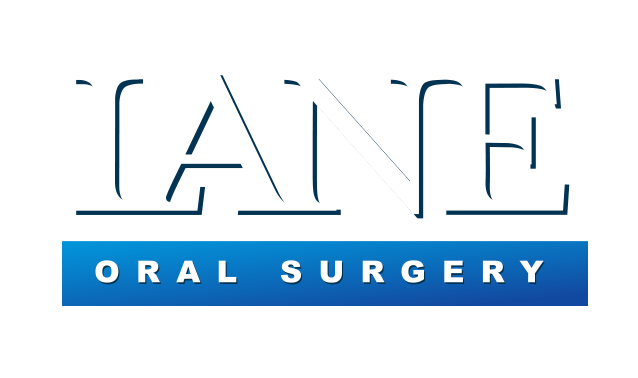
What is Platelet-Rich Plasma?
Platelet-rich plasma (PRP) is a by-product of blood (plasma) that is rich in platelets. New technology allows Dr. William Lane to harvest and produce a sufficient quantity of platelets from only 55 cc of blood, which is drawn from you during your surgery.
Why Get Excited About PRP?
PRP permits the body to take advantage of the normal healing pathways at a greatly accelerated rate. During the healing process, the body rushes many cells and cell-types to the wound in order to initiate the healing process—one of which is platelets. Platelets perform many functions, including formation of blood clots and release of growth factors (GF) into the wound. These growth factors assist the body in repairing itself by stimulating stem cells to regenerate new tissue. The more growth factors released and sequestered into the wound, the more stem cells are stimulated to produce new tissue. Thus, PRP permits the body to heal faster and more efficiently.

PRP Has Many Clinical Applications
PRP can be used to aid bone grafting for dental implants. This includes onlay and inlay grafts, sinus lift procedures, ridge augmentation procedures, closure of cleft and/or lip, and palate defects. It can also assist in repair of bone defects created by removal of teeth, or small cysts and repair of fistulas between the sinus cavity and mouth.
PRP Also Has Many Advantages
- Safety - PRP is a by-product of the patient’s own blood, therefore, disease transmission is not an issue.
- Convenience - PRP can be generated in our office while you undergo an outpatient surgical procedure such as the placement of dental implants.
- Faster healing - The supersaturation of the wound with PRP produces an increase of tissue synthesis and faster tissue regeneration.
- Cost-effectiveness - Since PRP harvesting is done with only 55 cc of blood in our office, you won’t need to incur the expense of the harvesting procedure in hospital or at a blood bank.
- Ease of use - PRP is easy to handle and improves the ease of application of bone substitute materials and bone grafting products by making them more gel-like.
Frequently Asked Questions about PRP
Yes. During the outpatient surgical procedure a small amount of your own blood is drawn out via the IV. This blood is then placed in the PRP centrifuge machine and spun down. In less than 15 minutes, the PRP is formed and ready to use.
Not always. In some cases, there is no need for PRP. However, in the majority of cases, application of PRP to the graft will increase the final amount of bone present, in addition to making the wound heal faster and more efficiently.
Unfortunately not. The cost of the PRP application is paid by the patient.
No. PRP must be mixed with either the patient’s own bone, a bone substitute material such as demineralized freeze-dried bone, or a synthetic bone product, such as BIO-OSS.
Very few. Obviously, patients with bleeding disorders or hematologic diseases do not qualify for this in-office procedure.
Take Advantage of PRP Techniques Today!
Plymouth, Massachusetts
30 Resnik RoadPlymouth, MA 02360
New Patients: (508) 273-2213
Current Patients: (508) 746-8700
Sandwich, Massachusetts
443 Route 130Sandwich, MA 02563
New Patients: (508) 591-8605
Current Patients: (508) 888-8898
Dental Website by Progressive Dental Marketing


